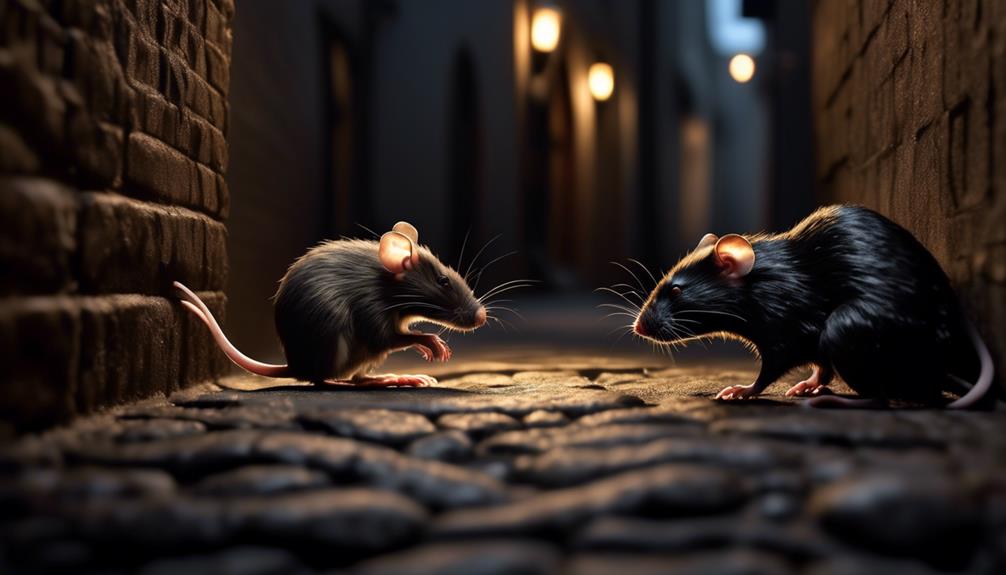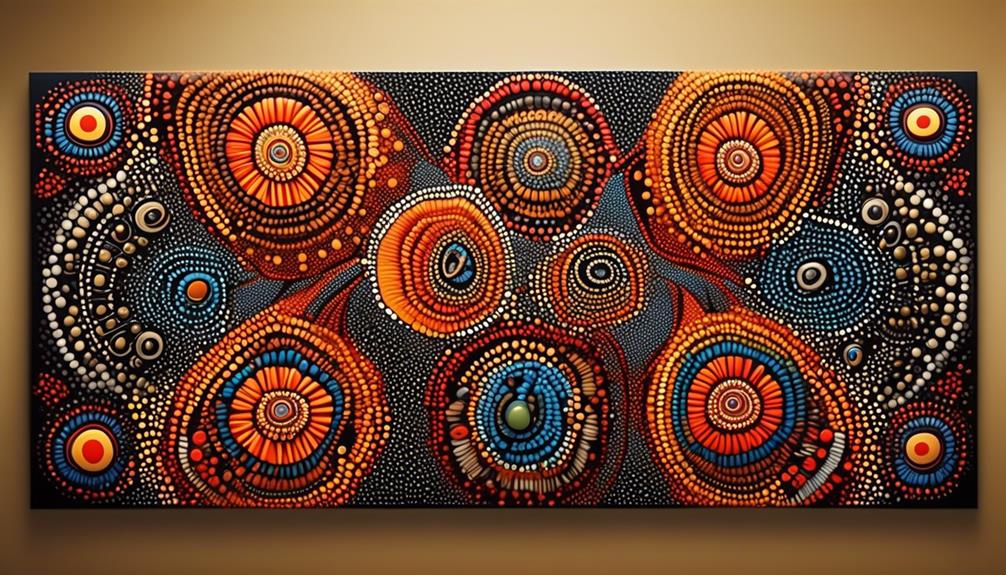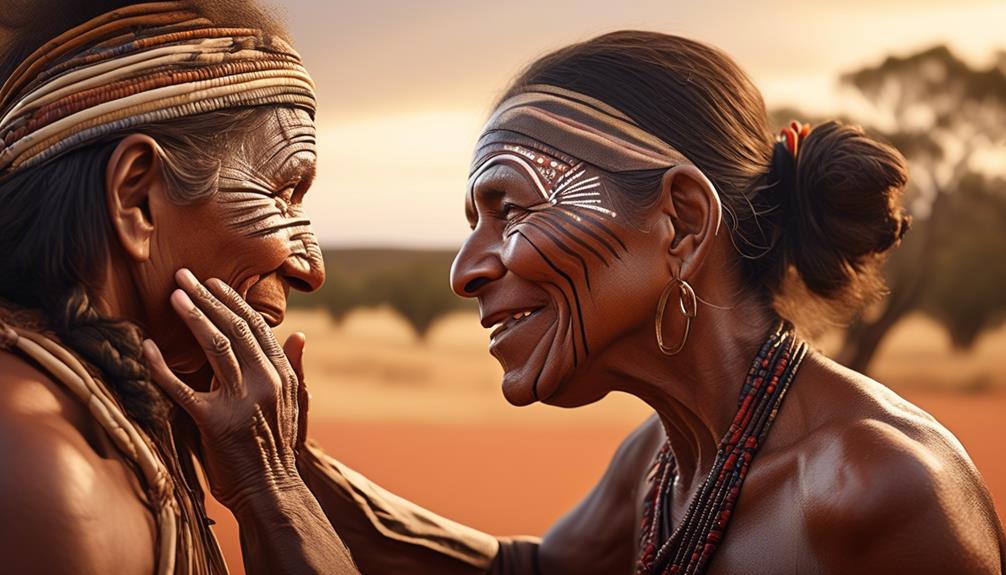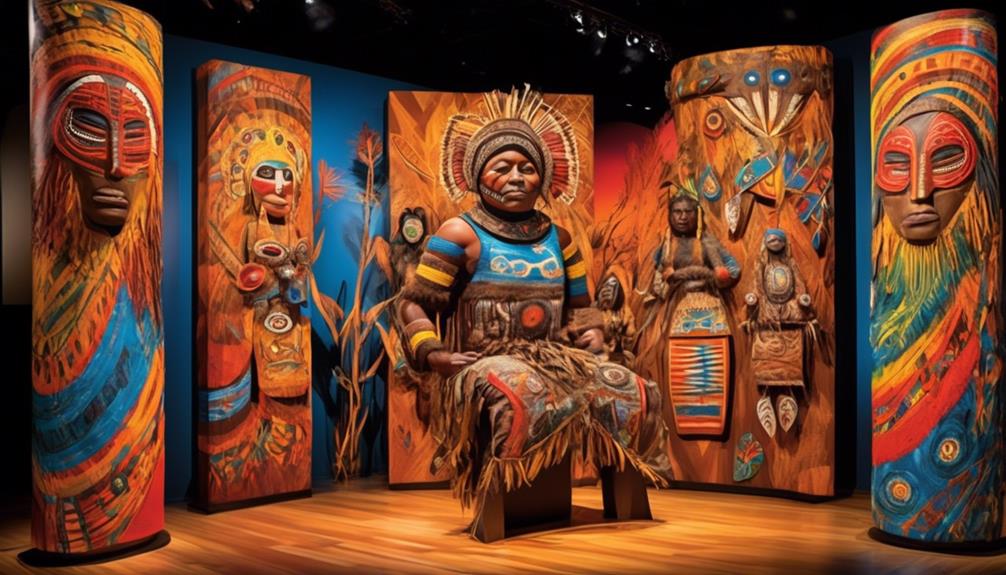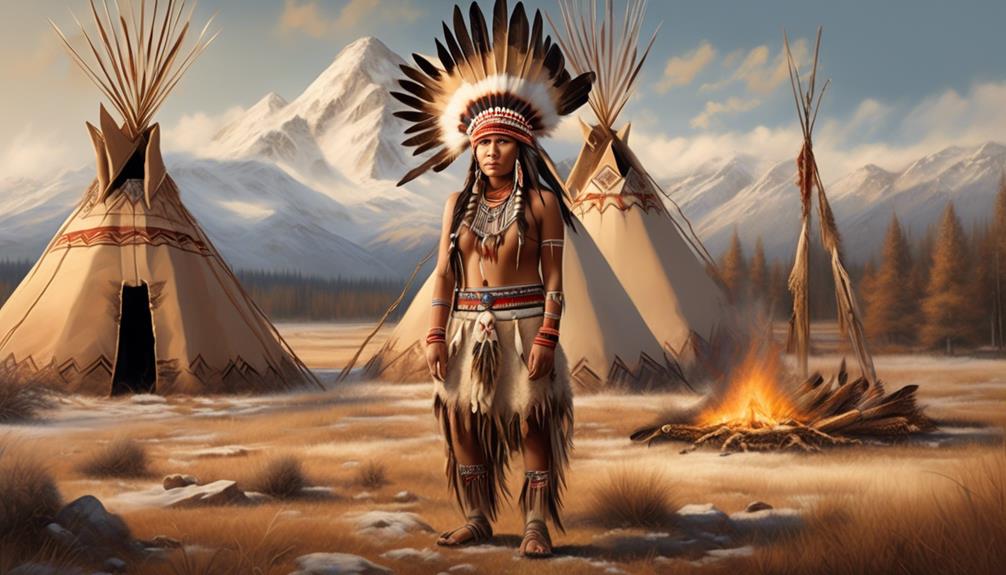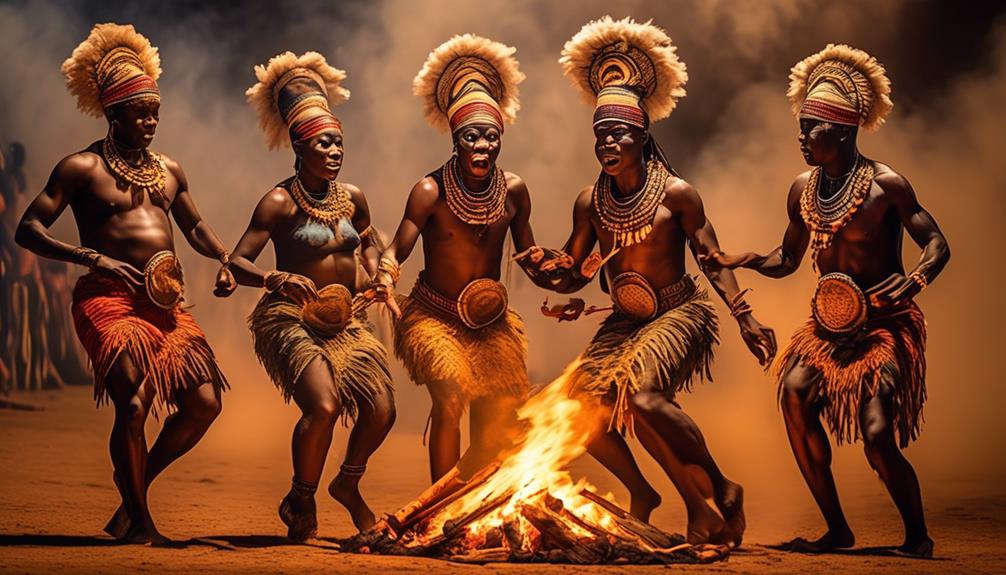Did you know that both the native rat and the black rat are important in shaping the ecosystem? While they may look similar at first glance, understanding their unique characteristics is crucial in understanding how they impact different environments.
As we explore their physical characteristics, habitat and distribution, behavior and habits, diet and feeding patterns, and the implications for ecosystems, we will uncover the intricate dynamics at play.
Stay tuned to unravel the complex interplay between these two rat species and their influence on the environment.
Key Takeaways
- Native rats have a brownish-grey fur color, while black rats have a darker fur color ranging from black to dark brown. Fur color is an important characteristic in distinguishing between the two species.
- Native rats are slightly larger, measuring around 8-9 inches in body length, while black rats are slightly smaller, measuring around 6-7 inches in body length. Body size is another factor that can help differentiate between the two species.
- Native rats are predominantly found in forested areas with dense vegetation, while black rats prefer human-made structures such as buildings and agricultural areas. Habitat preferences reflect the native rat's inclination towards natural environments and the black rat's adaptation to anthropogenic landscapes.
- Native rats have a hierarchical structure within colonies, with dominant individuals establishing and defending territories, whereas black rats tend to be more solitary, primarily interacting for mating purposes. Nesting behavior also differs, with native rats constructing elaborate burrow systems and black rats being more opportunistic in their nesting habits.
Physical Characteristics
When comparing the physical characteristics of the native rat and the black rat, one can observe distinct differences in size, fur color, and tail length.
The native rat, also known as the Australian bush rat, typically has a brownish-grey fur color, which allows it to blend into its natural environment. In contrast, the black rat, often referred to as the ship rat, displays a darker fur color, ranging from black to dark brown.
In terms of body size, the native rat is generally larger, with an average body length of 8-9 inches and a tail length of 7-9 inches. On the other hand, the black rat is slightly smaller, measuring around 6-7 inches in body length with a tail length of 7-9 inches.
These differences in fur color and body size are important factors in distinguishing between the two species, providing valuable insights for researchers and enthusiasts alike.
Habitat and Distribution
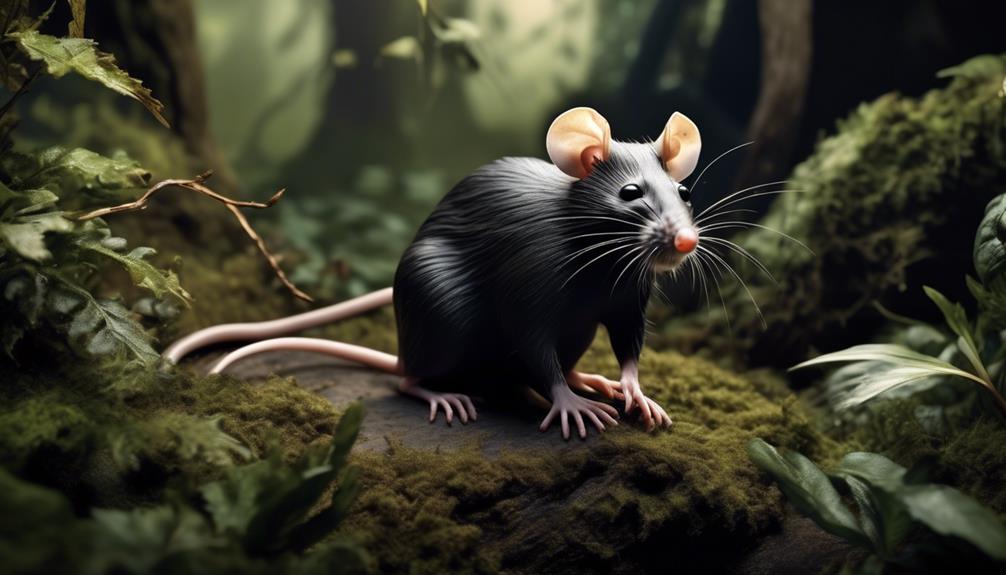
In comparing the habitat and distribution of the native rat and the black rat, we can discern significant differences in their preferred environments and geographical ranges.
The native rat, also known as the bush rat, is predominantly found in forested areas, preferring habitats with dense vegetation and ample ground cover. In contrast, the black rat, also referred to as the roof rat, exhibits a preference for human-made structures such as buildings, ships, and agricultural areas. This stark contrast in habitat preferences reflects the native rat's inclination towards natural environments and the black rat's adaptation to anthropogenic landscapes.
Moreover, the geographic range differences between the two species are noteworthy. The native rat is endemic to Australia and is particularly abundant in the eastern and southern regions of the continent. On the other hand, the black rat has a widespread distribution, being present in various parts of the world, including Asia, Europe, and the Americas. This divergence in geographic range underscores the black rat's capability for successful colonization in diverse ecosystems, while the native rat's distribution remains more localized.
Understanding these habitat and distribution disparities is crucial for implementing targeted conservation and management strategies for both rat species.
Behavior and Habits
The behavioral patterns and habits of the native rat and black rat exhibit distinct differences, reflecting their respective adaptations to their preferred environments.
In terms of social interactions, native rats are known for their hierarchical structure within colonies, where dominant individuals establish and defend territories while subordinate rats adhere to a social order. In contrast, black rats tend to be more solitary, with individuals primarily interacting for mating purposes and showing less social organization within their populations.
Regarding nesting behaviors, native rats are adept at constructing elaborate burrow systems, often with multiple chambers for nesting, food storage, and protection from predators. These burrows are typically located in close proximity to a stable food source and offer a secure environment for rearing offspring.
On the other hand, black rats are more opportunistic in their nesting habits, utilizing a variety of locations such as trees, buildings, or even underground burrows. Their nesting behavior is influenced by the availability of resources and the need for shelter, with less emphasis on complex burrow construction compared to native rats.
Diet and Feeding Patterns

Both native rats and black rats exhibit distinct dietary preferences and feeding patterns, reflecting their adaptation to diverse ecological niches. When it comes to food preferences, native rats primarily consume plant matter such as seeds, fruits, and vegetation, while black rats are more omnivorous, consuming a wider range of foods including grains, fruits, insects, and even small vertebrates. This difference in food preferences can be attributed to the native rat's evolutionary adaptation to a diet abundant in plant resources, whereas the black rat has adapted to thrive in environments where diverse food sources are available.
In terms of foraging behavior, native rats are known for their cautious and meticulous approach to foraging, often taking their time to carefully select and gather food. On the other hand, black rats display a more opportunistic foraging behavior, readily exploring new food sources and adapting to a variety of environmental conditions.
Nutritional needs play a significant role in shaping these distinct feeding patterns, with native rats requiring a diet higher in fiber and lower in protein compared to black rats. This can lead to feeding competition between the two species, especially in environments where resources are limited, influencing their foraging strategies and competitive behaviors.
Implications for Ecosystems
Implications for ecosystems arise from the distinct dietary preferences and foraging behaviors exhibited by native rats and black rats, shaping their impact on the environmental dynamics and resource allocation within their habitats.
The presence of these two rat species in an ecosystem can significantly influence the ecosystem balance and species competition. Native rats, with their preference for consuming fruits, seeds, and insects, play a crucial role in seed dispersal and plant regeneration. Their foraging behaviors contribute to the maintenance of vegetation structure and diversity within the ecosystem.
On the other hand, black rats, being more opportunistic omnivores, can outcompete native rats for resources due to their broader dietary preferences and adaptability to various environmental conditions.
The introduction of black rats into ecosystems where native rats exist can lead to increased competition for food and nesting sites. This competition may result in the displacement or decline of native rat populations, impacting the ecosystem's balance.
Additionally, black rats have been known to consume a wider variety of food resources, which can lead to changes in resource allocation within the ecosystem, potentially affecting other native species that rely on similar resources.
Understanding the implications of these dietary preferences and foraging behaviors is essential for effective ecosystem management and conservation efforts.
Frequently Asked Questions
Are Native Rats and Black Rats Able to Interbreed and Produce Offspring?
Yes, native rats and black rats are able to interbreed and produce offspring, indicating genetic compatibility between the two species. However, there may be some reproductive barriers that could affect the viability of hybrid offspring.
These could include differences in mating behaviors, genetic incompatibilities, or environmental factors. Further research is needed to fully understand the implications of interbreeding between native and black rats.
What Are the Main Predators of Native Rats and Black Rats?
Predation dynamics play a crucial role in the survival of both native rats and black rats. These rats face threats from a variety of predators, including birds of prey, snakes, and carnivorous mammals.
Habitat competition also influences their vulnerability to predation. Understanding these dynamics is essential for conservation efforts and pest management strategies.
Additionally, genetic compatibility and hybridization potential may impact their ability to adapt to changing environments and coexist.
How Do Native Rats and Black Rats Communicate With Each Other?
We communicate through a variety of methods, including verbal and nonverbal cues. Our behavior is influenced by social interactions and environmental factors.
When comparing communication methods of native rats and black rats, it's important to consider their behavioral differences. Both species likely use vocalizations, scent marking, and body language to communicate with each other and navigate their environment.
Their social interactions and the specific environmental influences play a crucial role in shaping their communication strategies.
Do Native Rats and Black Rats Have Any Cultural or Symbolic Significance in Indigenous Communities?
In indigenous communities, the symbolic significance of certain animals holds great cultural importance. Traditional stories often feature these animals, shedding light on their unique mating behavior and reproductive compatibility. These narratives provide insight into the values and beliefs of these communities.
Understanding the cultural significance of animals in indigenous communities can offer valuable perspectives on the interconnectedness of humans and the natural world.
What Efforts Are Being Made to Control and Manage Populations of Native Rats and Black Rats in Urban Areas?
Efforts to manage urban rat populations include implementing integrated pest management strategies, such as reducing food and shelter sources, using traps and baits, and employing biological controls like sterilization.
Understanding their breeding capabilities and predator threats helps inform population control measures.
By focusing on urban management, we aim to minimize the impact of rats on public health and infrastructure.
These efforts require ongoing research and collaboration to effectively address the challenges of rat infestations.
Conclusion
In conclusion, when considering the native rat versus the black rat, it's clear that both species have distinct physical characteristics, habitats, and behaviors.
While the black rat may have a wider distribution, the native rat plays a crucial role in maintaining the balance of ecosystems.
Understanding the differences between these two species is essential for conservation efforts and the preservation of natural environments.
As we continue to study and appreciate these creatures, we gain a deeper appreciation for the complexity of the natural world.
Mary is a passionate writer who brings creativity and a fresh perspective to our team. Her words have the power to captivate and inspire, making her an essential contributor to our content. Mary’s commitment to storytelling and dedication to promoting Indigenous culture ensures that her work touches the hearts of our readers. We’re fortunate to have her as part of our team.
